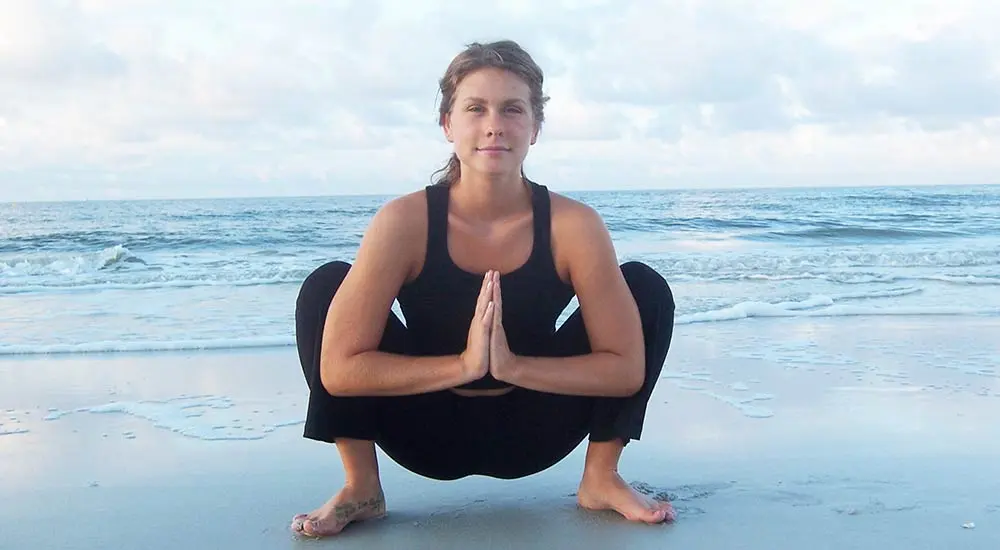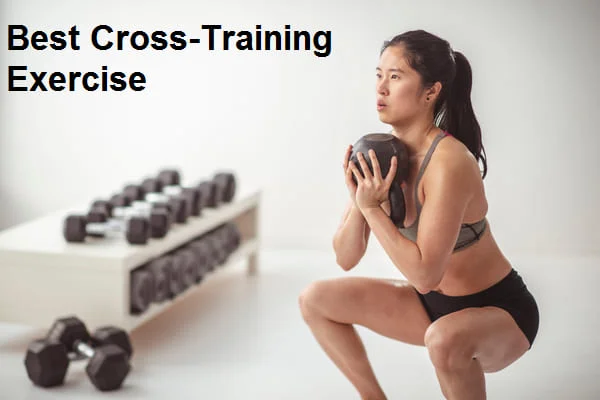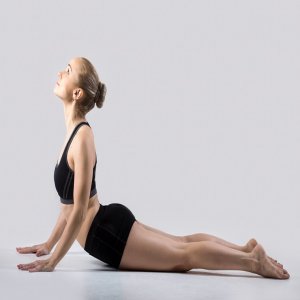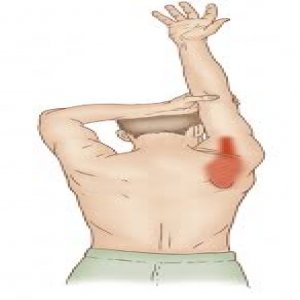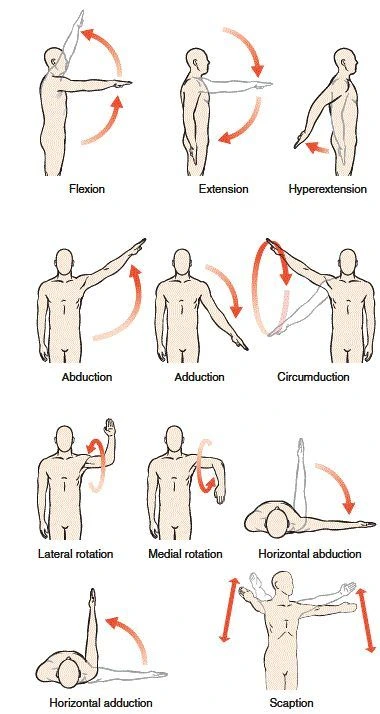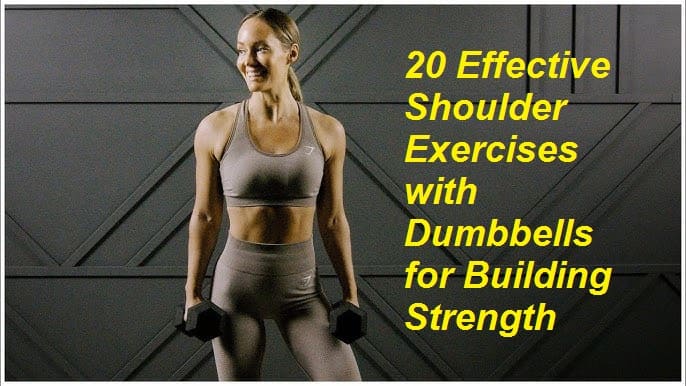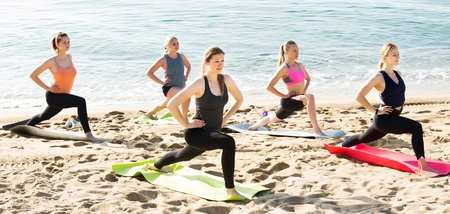Malasana (Garland Pose)
What is Malasana (garland pose)?
Malasana, also known as Garland Pose or Yogi Squat, is a yoga asana that involves squatting down with the feet together while keeping the heels on the ground. It is a deep hip-opening pose that stretches the groin, hips, and lower back while also engaging the core muscles. Malasana is commonly practiced in various yoga styles, including Hatha, Vinyasa, and Ashtanga. It even stimulates the sacral chakra, which controls sexuality.
To execute this asana, the feet are extended shoulder width apart and the hands are kept in prayer posture (namaskar mudra). The practitioner squats without forcing the hands or feet. In more advanced deviations, the yogi may prolong out the arms or position them after the body.
Malasana is even named garland posture in English.
How to do Malasana (step-by-step)?
- To start position, arrive to stand with your feet about the mat’s width apart.
- Flex the knees and lower your butt toward the ground floor to arrive into a squat.
- It’s realistic for your toes to want to bend out. But don’t overdo it. Eventually, you’re executing toward keeping the feet closer to similarity.
- Next, Get your upper arms inside your knees and turn the elbows to obtain the palms concurrently into the prayer position (namaskar mudra).
- Attempt to bring your hands to your heart’s middle with the forearms similar to the ground floor, permitting the pressure of your elbows to open the knees slightly.
- Maintain your backbone straight, your butt moving toward the ground floor, and your shoulders relaxed away from your ears.
- Then, Stay here for five breaths, then straighten the legs to arrive externally. You can arrive directly into a Forward Fold if you like.
- Attempt replicating the posture three times to bring the whole advantage of getting warmed up.
- Lastly, If you are practicing at home, it’s fine to do a few other postures among your squats.
Malasana or Garland pose Video
Benefits of Garland Pose
- Aids in digestion
- Tones your abdominals Muscles
- Improves your digestion
- Strengthens your metabolism
- It helps open your hips and groin
- Increases blood flow in the pelvis
- Makes your knees and ankles flexible
- Keeps your pelvic and hip joints healthy
- Keeps you healthy both mentally and physically
- Stretches your ankles, hamstrings, back, and neck
Modifications and Variations
Need a Modification?
Slide a block (two under) of your butt for additional help if essential. Over the duration, see if you can slowly lower the height of your support so that gravity can perform to prolong your hips and ankles.
If you have an issue balancing in this posture, attempt it near facing the back of a chair so you can reach out for balance. You may even accomplish this posture with your back against a wall.
Up for a Challenge?
If your feet are similar, work on getting them closer together.
Release the support of your elbows inside the knees and try to maintain the partition of the knees and your long spine.
Precautions and Contradictions of Garland or Squat Pose
Care of this protection and contradictions before and while you practice Garland Pose or Malasana.
- Practice this asana only on an empty abdomen.
- Don’t put pressure on your heel during practicing it.
- If you have an injury and pain in your knees or hips, then do not practice Garland Pose.
- Do a small warm-up before practicing it.
- If you have a lower back injury then don’t practice Garland pose.
Conclusion
By accomplishing Malasana yoga, both body and brain remain healthy. It maintains more useful physical and mental health. Malasana yoga is easy to accomplish, but it is a bit problematic to accomplish the yoga postures correctly. Because even a small carelessness can cost you heavily.
In Indian civilization, this state of the body, which has been running on since duration immemorial, is created when one is placed for defecation.
FAQ
1. What is the importance of Malasana?
Malasana enhances balance, attention, and concentration. It can even boost circulation and blood flow in the pelvis, which can support and regulate sexual energy. It is particularly good for pregnant women as it can later support them in childbirth.
2. What is Malasana and its benefits?
Malasana may support opening up the hips. Furthermore, it might prolong the region of the hips and inner thighs. It may be advantageous to stretch the lower body essentially. It might even relieve anxiety in the thigh and neck region.
3. What is another name for Malasana?
Garland Pose even known as Squat Pose, Upavesasana, or Prayer Pose Squat is a squat so in-depth that it’s almost a seat. Relying on your body, this might feel like a welcome respite in the center of a practice — or it could feel like a reclining hip-opener.
4. What muscles are used in Malasana?
Malasana is well-known for prolonging the ankles, lower hamstrings, groins, and back torso as well as strengthening the quadriceps, hamstrings, gluteal muscles, calf muscles, core muscles, and lower back. The pose even gives multiple different physical, mental, and spiritual benefits.
5. What are the limitations of Malasana?
Physical Strength and Weak Body. Pupils with chronic lower back or knee pain, ligament tear at the knee or ankle, knee arthritis, weak bone density, severe sciatica, hip replacement surgery, or any other disorder that can bring pain should avoid this asana.

